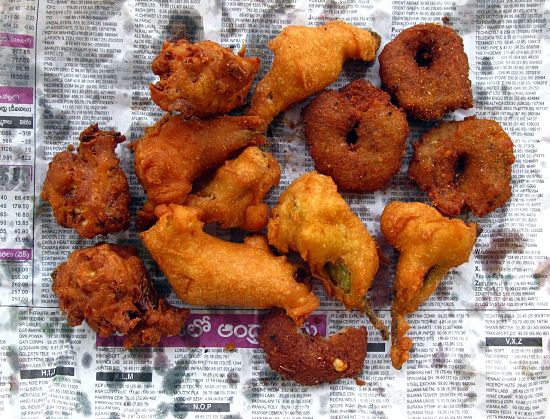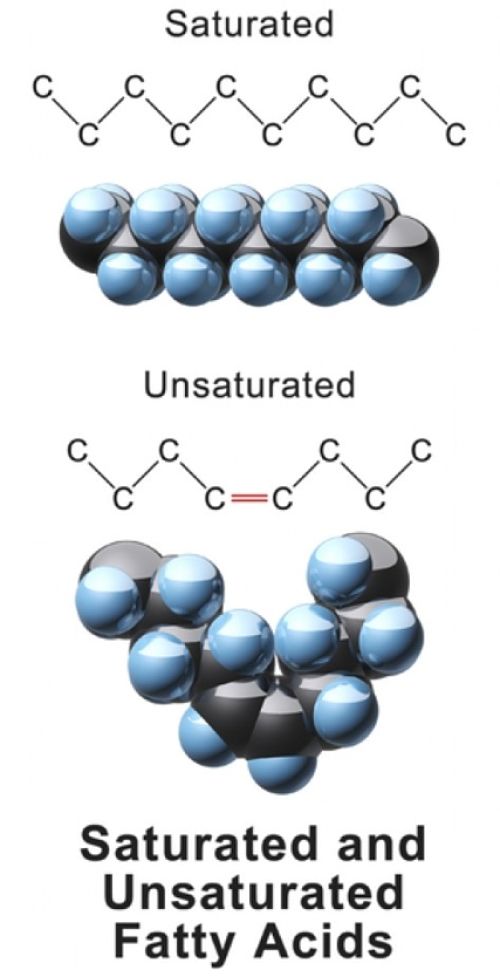Why are Trans Fats Unhealthy?
The US Food and Drug Administration (FDA) has finally taken steps to ban trans fats as an ingredient in foods because of strong links between trans fats and heart disease.
Trans fat is the common name for partially hydrogenated unsaturated fat, usually of plant origin that has been modified with very high temperature.
These temperatures well above those used in cooking. Trans fatty acids are by-products of partial hydrogenation, whereby some of the missing hydrogen atoms are inserted back into polyunsaturated fats to improve their properties.
Trans fats, derived from plants, have many of the desirable properties of saturated fats derived from animals.
When used for frying, trans fats last longer and are less likely to go rancid.
Trans fats are more stable at room temperature, providing increase shelf-life without the need for refrigeration.
That is why trans fats are popular in many baked goods such as cakes, biscuits, chips popcorn and prepared meals such as pizzas.
Trans fats were widely used in margarines, but their use has declined recently.
Unsaturated and Saturated Fatty Acids
Unsaturated fat moleculescontaining one or more double bonds between the carbon atoms have less hydrogen atoms and are referred to as being 'unsaturated'. The process of hydrogenation eliminates the double bonds adding hydrogen atoms to unsaturated fats and making them into partially or completely saturated fat molecules.
There are three main types of fatty acids: monounsaturated andpolyunsaturated and saturated. A saturated fatty acid has the maximum possible number of hydrogen atoms attached to every carbon atom. It is therefore said to be “saturated” with hydrogen atoms.
A fatty acids said to be 'monounsaturated' because it has one double bond and so a missing pair of hydrogen atoms. Fatty acids that are missing more than one pair of hydrogen atoms are called 'polyunsaturated.'
Saturated fatty acids occur mostly in foods of animal origin. Monounsaturated and polyunsaturated fatty acids are mostly found in plants and some seafoods. There are two types of polyunsaturated fatty acids omega-3or omega-6, depending on where the missing hydrogen atoms in the molecule are located.
Are Trans Fats Natural?
Trans fats do occur naturally in meat and dairy products from ruminants but only in tiny trace amounts.
Percentages of trans fats in human breast milk range from 1% in Spain to 7% in Canada and the United States.
Trans fats were developed by food processors as a cheap replacement for natural fats and because they increase the life of oil used for cooking, are soft at room temperature, and because they increase the shelf life of processed foods with less need for refrigeration.
Trans fats have been widely used in margarines because they are soft and they are less costly than palm oil or other natural vegetable fats.
Why are Trans Fats Widely Used in Processed Foods and for Frying?
Trans fats are widely used as shortenings in processed foods and for deep-frying in restaurants and fast food outlets, because the oils last longer than most conventional oils before getting rancid.
Trans fats have been widely used in fast foods, fried food, snack foods and many baked goods industries. Baked goods can have 30% of their fats as trans fats. Butter contains up to 4%, whereas some older margarines contained up to 15% trans fat by weight. Many modern margarines have been reformulated to have much lower levels of trans fats.
Why is the FDA Seeking to Ban Trans Fats?
The US FDA has taken the first steps to ban the use of trans fats because research has shown that they are generally unsafe. It says that such a ban could prevent up to 20,000 heart attacks in the US each year, and 7,000 deaths. Eating trans fats, either as an ingredient in foods, or as a residue of fried foods is known to the risk of coronary heart disease by elevating the levels of the protein LDL (often called "bad cholesterol") and reducing the levels of the protein HDL (called "good cholesterol").
The FDA has begun a 60-day consultation period and aims to make trans fat a food additive, that could not be used in food without being approved. This would gradually see trans fats phased out as a food ingredient for cooking or processing foods. Many companies have already phased out trans fat, including its use in margarines. Trans fat intakes by Americans now is already less than 25% of what it was in 2003. But trans fats still occur particularly in processed foods such as many baked foods, microwave popcorns and many prepared meals such frozen pizzas and doughs. Trans fats are still used in some restaurants and fast food outlets as components in oils using for deep and shallow frying, even stir-frying.
The ruling does not affect foods that contain trace amounts of trans fats, naturally such as some meat and dairy products.
The amount of trans fats has declined recently. However the foods that still have the highest levels are shown below:
- Processed baked goods such as cookies, muffins, pie crusts, biscuits, crackers, pies, cakes, pizza dough, and some breads such as hamburger buns
- Some margarine and vegetable shortenings
- Pre-mixed pancake mixes, cake mixes and chocolate drink powders
- Many fried foods, such as: doughnuts, chicken nuggets, French fries and some hard taco shells
- Many snack foods, such as: candy, chips, snack bars and packaged popcorn or microwave popcorn
- Many frozen dinners and frozen pizzas
- Some fast food and cooked fried foods such as fish and chips, hamburgers
- Margarine and other vegetable spreads
- Some coffee creamers
- Refrigerator dough products such as cinnamon rolls, cookies, pancakes, etc.

